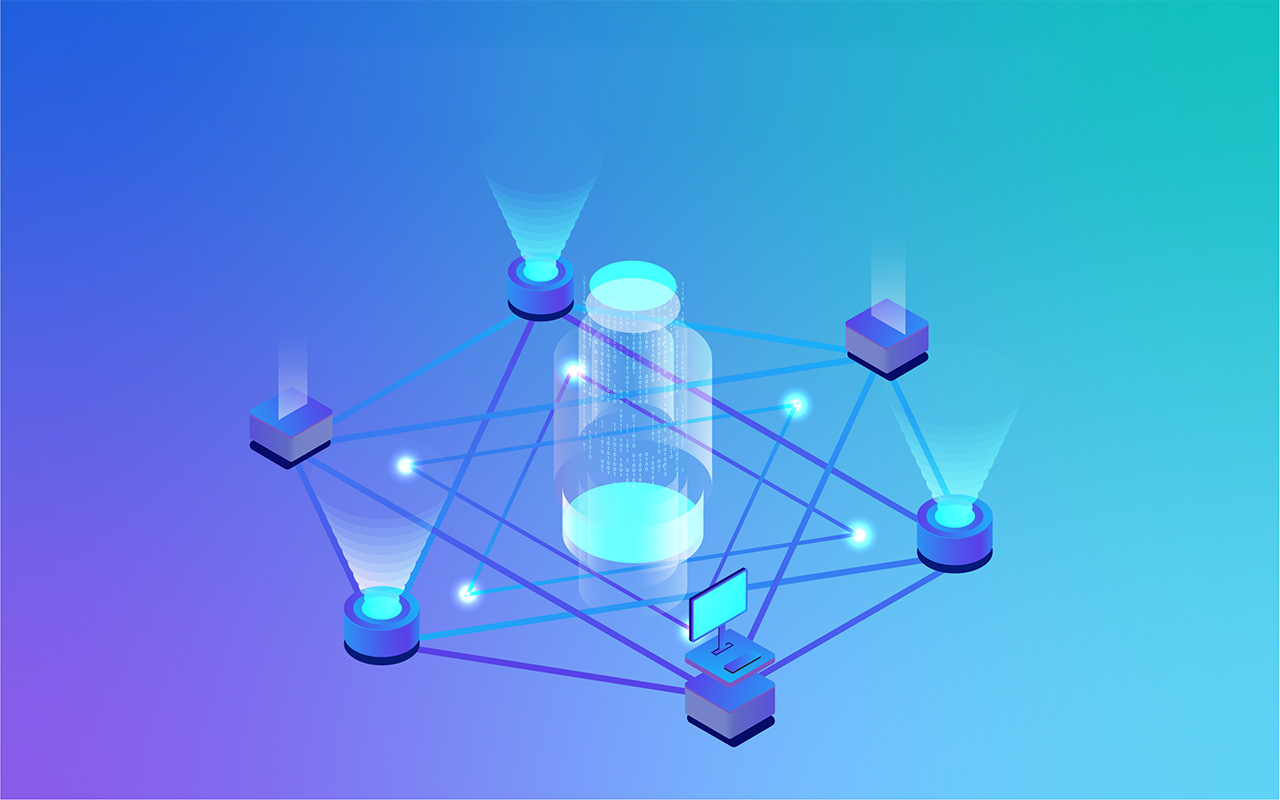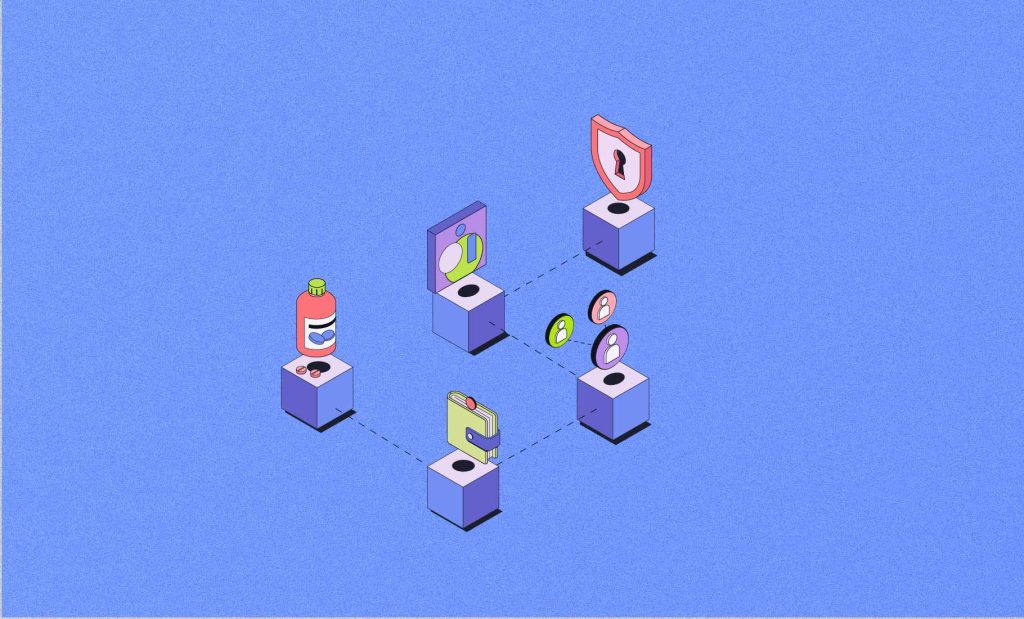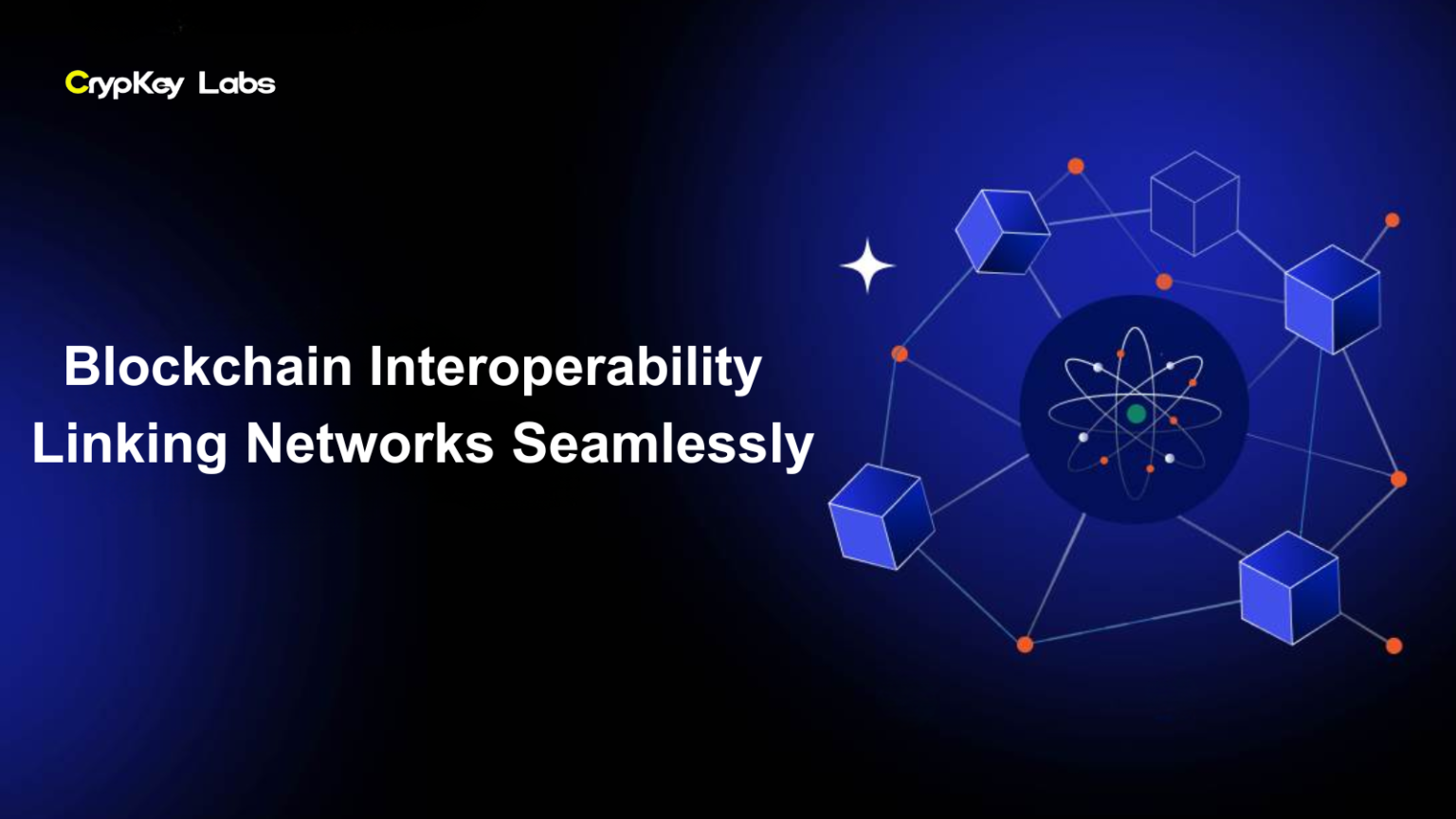Blockchain technology has transformed how we handle digital transactions, offering transparency, security, and decentralization. However, one of its biggest hurdles has been interoperability—or, simply put, the ability of different blockchains to communicate with each other. While blockchain networks like Bitcoin, Ethereum, and others are powerful in their own right, they tend to exist in silos, unable to interact or share data across ecosystems. This is where blockchain interoperability comes into play.
In this blog, we’ll explore what blockchain interoperability is, why it’s necessary for the future of blockchain technology, and how it can help us build a more seamless, connected world.
The Need for Blockchain Interoperability
Blockchain has come a long way since the advent of Bitcoin in 2009. Today, we have thousands of blockchain networks serving various purposes—from decentralized finance (DeFi) and supply chain management to healthcare and voting systems. However, these networks operate independently, making it difficult for them to communicate or transfer assets between each other. This lack of interoperability poses several issues:
Siloed Blockchains: Many blockchains are “walled gardens,” where assets, data, or information cannot move freely between them. For example, a Bitcoin transaction can’t directly interact with Ethereum’s smart contract system.
Fragmentation: Without interoperability, blockchain ecosystems remain fragmented. This leads to inefficiencies, higher costs, and slower adoption of blockchain technology.
Limited Use Cases: Some industries, like finance or supply chain, require the integration of multiple blockchains for maximum utility. Without interoperability, these use cases become more complicated to implement.
For instance, in the world of decentralized finance (DeFi), users often have to use third-party exchanges to swap between tokens on different blockchains. This process is cumbersome and can expose users to high fees or security risks. Interoperability, however, aims to make this process smoother, more secure, and cost-effective.
How Blockchain Interoperability Works
So, how exactly does blockchain interoperability work? There are several methods and technologies aimed at enabling communication between different blockchains. Here’s a breakdown of some of the most common approaches:
Cross-Chain Communication
Cross-chain communication is the backbone of blockchain interoperability. It allows different blockchains to exchange data and assets without needing an intermediary. In simple terms, it connects separate blockchain networks, making it possible for a transaction on one blockchain to trigger actions on another.
For example, cross-chain communication allows a token from one blockchain to be transferred and recognized on a different blockchain, allowing users to utilize assets across multiple platforms.
Atomic Swaps
Atomic swaps are one of the most exciting innovations in blockchain interoperability. They allow users to exchange cryptocurrencies across different blockchains without needing a centralized exchange or third party. This process is made possible through smart contracts, ensuring that both parties in the swap get their desired asset without any risk of one side not fulfilling their part of the deal.
Imagine being able to swap Bitcoin for Ethereum directly from your wallet without needing an exchange platform like Binance or Coinbase. Atomic swaps enable this by facilitating trustless, peer-to-peer exchanges between different blockchains.
Bridges and Relays
Bridges act as intermediaries between different blockchains, allowing assets and data to move across networks. A blockchain bridge essentially “locks” an asset on one blockchain and “releases” an equivalent asset on another blockchain. This way, the total supply remains consistent, and users can interact across ecosystems.
Relays, on the other hand, are more technical and often involve one blockchain “reading” the state of another blockchain. This can be used for more complex interactions between different networks, like tracking balances or triggering smart contracts based on activities on a separate chain.
Interoperability Protocols
Several blockchain platforms and protocols are designed specifically for interoperability. The most well-known examples include:
- Polkadot: Polkadot enables multiple blockchains to transfer data and assets in a secure, scalable way through its “relay chain” and parachains. It allows various blockchains to coexist and communicate with each other while maintaining their own sovereignty.
- Cosmos: Cosmos focuses on creating an “internet of blockchains,” where different blockchain networks can connect and share information via the Cosmos Hub.
- Chainlink: While Chainlink is best known for its decentralized oracle network, it also provides cross-chain services, allowing smart contracts on one blockchain to access data from another.
These protocols act as bridges, making it possible for developers to build decentralized applications (dApps) that can operate across multiple blockchains.
Benefits of Blockchain Interoperability.png)
Blockchain interoperability is more than just a technical achievement—it has far-reaching implications for the broader blockchain ecosystem. Here are some of the key benefits:
Seamless Data Sharing
Interoperability enables blockchains to share data in a secure and efficient way. This opens up a world of possibilities for applications that require data from multiple sources, like supply chain management, where tracking a product’s journey from raw material to end consumer often involves multiple parties using different systems.
With blockchain interoperability, all stakeholders can access real-time, verifiable data on a single, unified platform, improving transparency and trust across the entire supply chain.
Enhanced Efficiency
One of the biggest benefits of interoperability is the ability to reduce transaction times and costs. By enabling cross-chain communication, users no longer have to rely on third-party services to move assets between different blockchains. This cuts out intermediaries, reduces fees, and speeds up transactions.
For instance, a decentralized finance (DeFi) protocol on Ethereum could directly interact with a liquidity pool on Binance Smart Chain, eliminating the need for users to swap tokens manually between networks.
Greater Innovation
Interoperability fosters innovation by allowing developers to build more complex decentralized applications (dApps) that leverage the strengths of multiple blockchains. For example, a developer could create a DeFi platform that combines Ethereum’s smart contracts with Bitcoin’s liquidity, resulting in a more powerful and versatile solution.
By breaking down the barriers between blockchains, interoperability paves the way for new use cases and applications that were previously impossible due to technical limitations.
User Empowerment
For the average user, blockchain interoperability means more freedom and flexibility. You won’t need to stick to a single blockchain ecosystem to access certain services. Instead, you can move seamlessly between networks, using the best tools each platform has to offer.
This empowerment extends beyond just financial transactions. Users will also be able to securely transfer data across multiple platforms, enhancing privacy and control over their personal information.
Challenges to Achieving Blockchain Interoperability
While the potential benefits are enormous, achieving true blockchain interoperability comes with its own set of challenges:
Technical Complexities
Different blockchains use different consensus mechanisms, coding languages, and architectural designs. For example, Bitcoin uses Proof of Work (PoW), while many newer blockchains use Proof of Stake (PoS) or Delegated Proof of Stake (DPoS). These differences make it difficult to create a universal system that can communicate with all blockchains seamlessly.
Security Risks
Cross-chain communication introduces new security vulnerabilities. For instance, blockchain bridges and relays, which connect two separate blockchains, are potential attack vectors for hackers. Ensuring the security of assets and data as they move between blockchains is one of the biggest challenges facing interoperability developers.
Scalability Concerns
As the number of blockchain users grows, so does the need for systems that can handle a massive influx of interoperable transactions. Scalability remains an issue for many blockchain networks, and adding interoperability features can strain the system even further.
Standardization Issues
Currently, there is no single standard for blockchain interoperability. Different platforms use different methods for connecting to other blockchains, making it challenging to create a cohesive, universally accepted solution. Achieving standardization will require collaboration across multiple industries and regulatory bodies.
Real-World Applications of Blockchain Interoperability
Blockchain interoperability isn’t just a theoretical concept. It’s already being applied in several industries, with promising results:
Decentralized Finance (DeFi)
In the world of DeFi, interoperability allows for more complex financial products and services. For example, users can leverage assets from multiple blockchains to create cross-chain lending, borrowing, and staking services, enhancing liquidity and financial inclusion.
Supply Chain Management
In supply chains, blockchain interoperability enables stakeholders from different industries to share data more efficiently. From the initial raw materials supplier to the final consumer, every party involved in a product’s lifecycle can access real-time, accurate data on a blockchain network that connects multiple blockchains.
Healthcare
Healthcare providers can benefit from blockchain interoperability by securely sharing patient data across different medical systems. For instance, a patient’s medical history stored on one blockchain could be accessed by a hospital or clinic on another blockchain, ensuring continuity of care without compromising privacy.
Cross-Border Payments
Blockchain interoperability is already improving cross-border payments by allowing different currencies and blockchain systems to interact seamlessly. This reduces the need for costly intermediaries like banks or payment processors, speeding up international transfers and lowering fees.
The Future of Blockchain Interoperability
As blockchain technology continues to evolve, we can expect new solutions to address the challenges of interoperability. Two key trends to watch for include:
Edge Computing and AI
By processing data closer to the source (on the “edge” of a network), edge computing reduces the need for heavy computational power and bandwidth, making blockchain networks more scalable. When combined with artificial intelligence (AI), edge computing could further enhance the efficiency and scalability of interoperable blockchain networks.
Industry-Wide Adoption
More industries are likely to adopt blockchain interoperability solutions in the coming years. This will help standardize practices and encourage collaboration across sectors like finance, healthcare, logistics, and more.
Conclusion
Blockchain interoperability is a critical step in realizing the full potential of blockchain technology. By connecting different blockchain networks, we can create a more seamless, efficient, and secure digital ecosystem. Whether it’s facilitating cross-border payments, improving supply chain transparency, or enabling more innovative decentralized applications, interoperability is key to building a connected future.
For businesses and developers, now is the time to explore interoperability solutions and take advantage of the new possibilities they offer.







